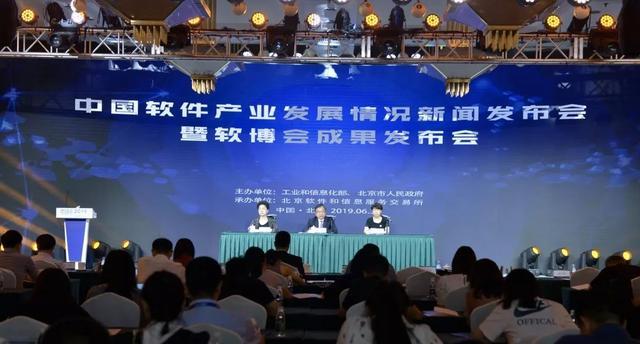

NEWS
CONTACT US
Endela Electronics (Shenzhen) Co., Ltd.
Fax: + 86 - 755 - 8524 0865
Email: wade@endela.cn
Address: Building A5, Loul Gang Blue Sky Technology Park, Songgang, Bao'an District, Shenzhen
Applications of flexible electronic devices in biomedicine
Category:
Industry News
Author:
Source:
Published Time:
2020-10-15
Visits:
1
Flexible devices also have very wide applications in biomedicine. For external detection of the human body, traditional methods of stimulating brainwave signals or heart rate involve placing electrodes in conductive gel and then attaching them to the body surface. This method has many drawbacks. For example, because the gel gradually dries out and loses its viscosity, testing cannot be performed for a long time; poor adhesion to the body surface, prone to slippage; and low comfort, especially for young people. Patients have greater difficulty using it; the process of connecting electrodes is relatively cumbersome and time-consuming.
Flexible devices can solve these problems. This soft, thin, and flexible device can adhere very closely to the skin, heart, or brain, thereby obtaining more accurate body information by detecting electrical signals or pressure signals. In addition, it feels good on the body when worn, without any obvious discomfort. People can even wear these thin, cicada-wing-like devices 24 hours a day to monitor their body's heartbeat, pulse, blood pressure, brainwaves, electrocardiograms, and other physical indicators at any time. Continuous long-term monitoring is of great significance to the diagnosis, prevention, and timely treatment of cardiovascular and cerebrovascular diseases. If drug-releasing materials are installed in the device, it can even effectively treat diseases. For example, diabetic patients can wear a flexible material that regularly releases insulin.
The electrohydrodynamic inkjet printing system utilizes the principle of electrohydrodynamics (EHD) combined with a high-precision motion platform to achieve direct writing of micrometer/nanometer dot matrix printing and line structures, preparing preset patterns and structures. It breaks through the bottlenecks of traditional printing technologies such as inkjet printing and screen printing, achieving higher resolution, better ink adaptability, and higher freedom. It is suitable for various viscosities of organic/inorganic inks such as liquid metals, polymers, biopolymer materials, pixels, quantum dots, metal nanoparticle inks, nanosilver wires, salt solutions, photoresists, carbon nanotubes, graphene, DNA, proteins, and living cells, promoting flexible electronic devices, flexible touch screens, flexible physical signs, solar thin-film batteries, flexible sensors, biological scaffolds, tissue engineering, organic light-emitting diodes, and biosensors.
Keywords:
Electronic devices, flexible, printed, nano, materials, devices
Next





